S
Samantha JacobsonJul 30, 2025
How to troubleshoot Samsung WF50K7500AV/A2 motor power?
- TTheresa HendrixJul 30, 2025
To troubleshoot the motor power of your Samsung Washer, check if the motor power (Blue, White, Red) wire is properly connected.
How to troubleshoot Samsung WF50K7500AV/A2 motor power?
To troubleshoot the motor power of your Samsung Washer, check if the motor power (Blue, White, Red) wire is properly connected.
How to prevent fire caused by improper installation of the heater in a Samsung WF50K7500AV/A2?
To prevent a fire caused by improper installation of the heater in your Samsung Washer, ensure that when reassembling it, the heater is installed exactly onto the bracket inside the tub. Proper installation is crucial for safety.
How to avoid shock when separating the thermostat in a Samsung WF50K7500AV/A2 Washer?
To avoid shock and damage when separating the thermostat in your Samsung Washer, always separate the thermostat first before separating the heater. Following this order is essential to prevent damage.
How to prevent water leakage when assembling Assy Thermistor in Samsung WF50K7500AV/A2 Washer?
To prevent water leakage when assembling the Assy Thermistor in your Samsung Washer, ensure that you push it in completely until there is no gap between the rubber packing and the tub-back. This ensures a tight seal and prevents leaks.
Why does my Samsung WF50K7500AV/A2 Washer show a motor driving error?
A motor driving error in your Samsung Washer can occur for several reasons. It may be due to a disconnected PBA connector terminal, a disengaged motor spin net, or damage to the motor's internal coil. Other potential causes include foreign material inside the motor, overloading the motor with too much laundry, a disconnected hall sensor terminal, a faulty PBA, a weak motor driving error from the PBA, erroneous operating signals from the motor hall sensor, a disconnected IPM terminal of the main PBA, a DD motor cover out of place, a disconnected PCB housing terminal, or a DD motor fault. This error occurs because of restrained revolutions.
Essential safety protocols for service engineers working on the washing machine.
Cautionary measures to undertake prior to commencing any service or maintenance tasks.
Critical safety directives to adhere to during the active servicing phase.
Post-service checks and safety considerations to ensure proper operation.
List of necessary tools for dismantling and putting the washing machine back together.
Comprehensive list of error types, codes, potential causes, and relevant models.
Step-by-step solutions and corrective actions to resolve specific error codes.
| Style | front load |
|---|---|
| Color | black stainless steel |
| Washer Capacity | 5 cubic feet |
| Max Spin Speed | 1300 revolutions per minute |
| Spin Speeds | 5 |
| Number of Cycles | 14 |
| Cycle Selections | eco cold wash, permanent press, bedding, quick wash, whites, normal, sanitize, deep steam, rinse + spin, heavy duty, allergen, wool, delicates |
| Options | my cycle, extra spin, self clean+, child lock, pre wash, spin only, sound on/off, delay end, extra rinse, super speed, smart care, steam |
| Noise level | yes |
| Temperature Settings | 4 |
| Temperature Selections | extra hot, hot, warm, cold |
| Soil Levels | heavy, heavy medium, normal, low medium, light |
| Internal Heater | yes |
| Delay Start / End | yes |
| Child Lock | yes |
| Interior Light | no |
| Steam | yes |
| Smart Home | yes |
| Wi-Fi | wi-fi adapter required |
| Annual Energy Consumption | 105 kilowatt hours |
| Voltage | 110 volts |
| Depth | 34 inches |
|---|---|
| Height | 38 7/10 inches |
| Width | 27 inches |
| Net Weight | 238 pounds |
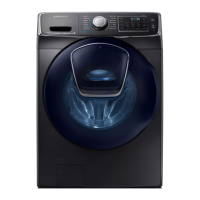
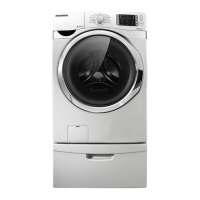
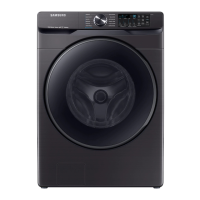



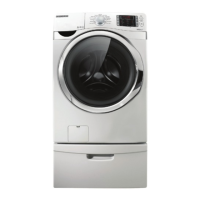
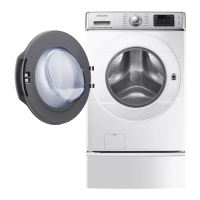
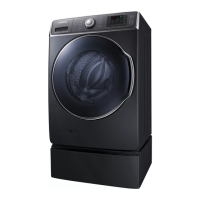

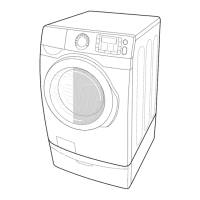
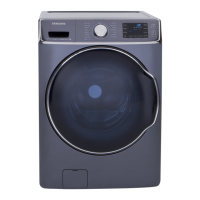
